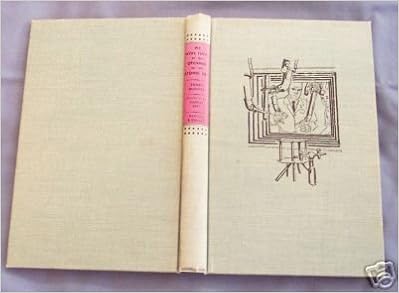
I just finished reading Prairie Fires: The American Dreams of Laura Ingalls Wilder by Caroline Fraser, and although I think the biographer has some underlying assumptions and biases about politics and history that I would not agree with, I still recommend the book. I thought it quite insightful, and it provided background and details that I did not know before about Ms. Wilder’s life.
The book spends as much time on the biography of Laura Ingalls Wilder’s only surviving child, Rose Lane Wilder, as it does on Laura’s life. Perhaps because their lives were so intertwined, the daughter and the mother come across as enmeshed in a somewhat dysfunctional relationship that nevertheless produced several wonderful and classic books. In spite of Rose’s mostly negative influence, Laura Ingalls Wilder’s philosophy of life shines through the books. Garth Williams, the second and most famous illustrator of the Little House books, wrote this about Ms. Wilder after meeting her on her farm in Missouri:
She understood the meaning of hardship and struggle, of joy and work, of shyness and bravery. She was never overcome by drabness or squalor. She never glamorized anything; yet she saw the loveliness in everything.
Prairie Fires, p. 263-264
The same could not be said for her daughter.
In fact, even though I read A Wilder Rose: Rose Wilder Lane, Laura Ingalls Wilder, and their Little Houses by Susan Wittig Albert, a fictionalized account of Laura Ingalls Wilder and her daughter Rose and their somewhat stormy collaboration in writing the Little House books, and I knew that Rose was a difficult person, I didn’t really realize how very unstable she was. Fraser blames Rose’s outbursts and tantrums and trail of broken relationships on childhood trauma and possible mental illness. However, the childhood trauma rationale seems like an excuse rather than a reason. Laura Ingalls Wilder, the mother, endured much more and much worse than Rose ever did, and Laura, while not a perfect person, was certainly more mentally stable and plain likable than Rose ever was.
So, partly because of what I read in this biography, I am considering removing the two books (of three that he wrote) that I have in my library by Roger Lea MacBride, fictionalized sequels to the Little House books about Rose Wilder Lane’s childhood in Missouri. MacBride was Rose Wilder Lane’s protege and heir, and he seems to have been something of a sycophant and a leech. I don’t know that there’s anything wrong with his books, but I also don’t know that they are worth keeping. Perhaps I should pass them on to someone else. I haven’t read the books by MacBride, and since people occasionally ask for them and I got them donated, I added them to the library. But now, I’m wondering. Has anyone here read the MacBride books? Are they well written? Worth keeping?










